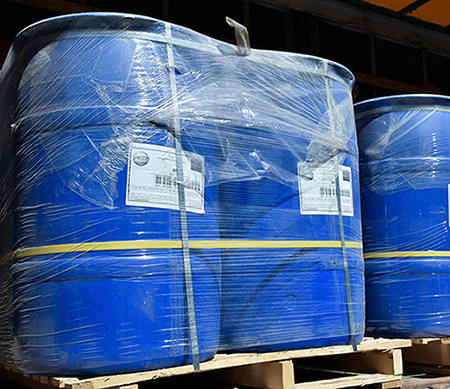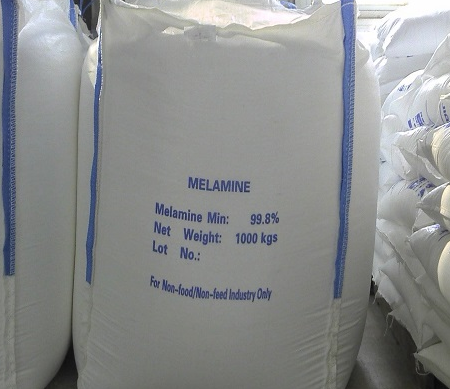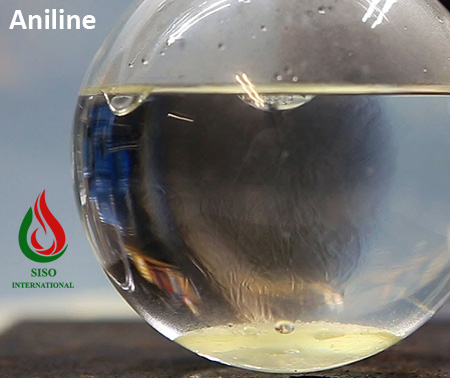
Ethanolamines MEA , DEA , TEA
Ethanolamines are a family of chemicals that work as surfactants and emulsifying ingredients in personal care and cleaning products. They are made through a chemical reaction of ethylene oxide with ammonia. Common ethanolamines include monoethanolamine (MEA), diethanolamine (DEA), and triethanolamine (TEA).
MEA is a common ingredient in floor and tile cleaners and laundry detergents to help remove dirt, grease and stains.
DEA is an ingredient in engine degreasers and industrial strength detergents. In gas treating processes for refineries and natural gas streams, MEA and DEA help remove contaminants from gasoline. DEA is also used as a chemical intermediate in agrochemicals to make pesticides, where it helps increase a pesticide’s ability to dissolve in water.
TEA is used as a surfactant in agrochemicals to help pesticides disperse into crops.
MEA acts as a plasticizing agent, and chemical manufacturing plants may use MEA to remove carbon dioxide from ammonia gas in the production of synthetic ammonia
Packing : Drum
For more information on the product grades and data sheet, please feel free to contact us

CRYSTAL MELAMINE
is a major raw material for coatings resins, laminates, fire retardants, molding compounds, wood adhesives, and many other applications. Melamine resins provide hard, glossy surfaces that are durable
- Melamine also plays a role in a wide range of flame resistant materials, including; upholstery textiles, intumescent paints, fabrics used in uniforms worn by firefighters and industrial workers, and a wide variety of residential, commercial, and industrial fire block materials.
- Wood industry: For transparent, beautiful and heat resistant on wood surfaces
- Painting industry: for the production of paint (production of paint cars, bikes and …)
- Paper industry: For the production of transparent, waterproof and anti-wrinkle paper (paper paper)
- Textile industry: fabrication of waterproof, anti-wrinkle and increased rinsing and anti-inflammation
- Leatherworking industry: Provides transparent, waterproof and durable leather
Storage of Melamine
Keep container tightly closed. Keep container in a cool, well-ventilated area. Melamine is a stable chemical when stored under normal warehouse conditions. Good housekeeping should be maintained to control dust accumulations. Good hygiene practices should be followed. After handling and before eating, drinking or smoking, wash face and hands with soap and water. In case of eye contact, immediately irrigate with plenty of water for 15 minutes.
In the event of a fire, melamine should be handled as many powdered solids. Use water, carbon dioxide or dry chemical to extinguish fires. Wear self-contained, positive pressure breathing apparatus.
Melamine is the most valuable and sophisticated product in the nitrogen chain. Normally processed as a resin.
Packing : 25 kg , Jumbo 1000 kg
Aniline, also known as aminobenzene or phenylamine, has 6 carbon (C) atoms, 7 hydrogen (H) atoms, and 1 nitrogen (N) atom in its chemical formula of C6H7N or C6H5NH2.
- Aniline is a colorless to pale yellow liquid with a distinctive, somewhat unpleasant odor.
- It has a boiling point of around 184 degrees Celsius (363 degrees Fahrenheit) and a melting point of around -6 degrees Celsius (21 degrees Fahrenheit).
Toxicity:
- Aniline is considered toxic, and exposure to it can have harmful effects on health. It can be absorbed through the skin, inhalation, or ingestion.
- Long-term exposure to aniline can cause damage to the liver, kidneys, and central nervous system.
Application :
-
Dye Production:
Aniline derivatives are used to produce a wide range of synthetic dyes with various colors and properties.
Aniline is a crucial building block in the synthesis of many dyes. It has played a significant role in the history of the dye industry, particularly during the late 19th and early 20th centuries. -
Pharmaceuticals:
Aniline and its derivatives serve as intermediates in the synthesis of pharmaceuticals and agrochemicals.
It is used in the production of certain analgesic and antipyretic drugs. -
Rubber Processing:
Aniline derivatives are utilized in the production of rubber accelerators. Rubber accelerators speed up the vulcanization process of rubber, making it more durable and stable. -
Polyurethane Production:
Aniline is a key component in the production of polyurethane. It reacts with other chemicals to form polyurethane foam, which is used in a variety of applications, including insulation and cushioning materials. -
Isocyanate Production:
Aniline is a precursor in the production of isocyanates, which are important in the synthesis of polyurethane foams, coatings, and adhesives. -
Organic Synthesis:
Aniline is used in various organic synthesis reactions to introduce amino groups into molecules. -
Photographic Chemicals:
Aniline derivatives have been historically used in the production of photographic chemicals.
For more information on the product grades and data sheet, please feel free to contact us

